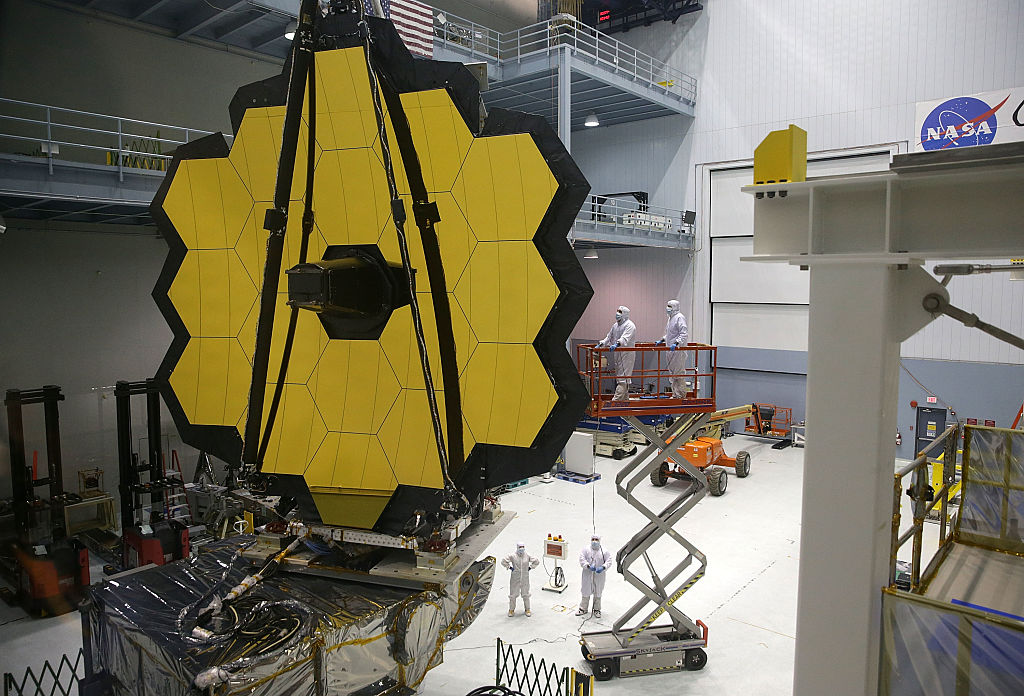
NASA's James Webb Space Telescope has an official launch date. The long-awaited telescope will be launched on Dec.18, a couple of months after it was tested in August.
NASA's James Webb Space Telescope Launch
According to NASA, the telescope will reach the Earth's orbit via an ESA-supplied Ariane 5 rocket lifted off from French Guiana.
NASA will ship the James Webb Space Telescope or JWST to the launchpad, but most of the parts have already arrived at the site.
In 2016, the space agency announced that the JWST was complete two years ahead of its scheduled 2018 completion. However, NASA said the telescope faced several delays because of the construction.
In 2019, the telescope was reassembled, yet the global pandemic that began the following year had forced the space agency to push back on the launch date.
Also Read: NASA's New James Webb Space Telescope Survives Last Thermal Vacuum Test
The JWST was originally developed in 1996 with an expected 2007 launch date, but the space agency made some changes and redesigned the telescope in 2005.
The importance of the telescope remains the same, as it is expected to replace the Hubble Space Telescope that is currently in orbit.
The JWST includes a larger mirror with a lower frequency meant to help detect early galaxies that the Hubble Space Telescope can't find. The functionality of the JWST explains why there have been several setbacks.
The telescope's instruments will stay in the cold temperature of -370F in order to avoid any interference with infrared measurements. It will also require a massive sun shield and an insertion near a Sun-Earth Lagrange point.
JWST's mission is short because it needs propellant in order to orbit successfully. It is not meant to circle the Earth indefinitely. NASA stated that they expect JWST to have a five-year lifespan, but they are hoping that it will last for ten years.
Aside from spotting galaxies, the telescope is also expected to help astronomers and astrophysicists in their space studies, something that the Hubble Space Telescope could not do, according to Space.com.
Now, there is a real chance that the JWST can help solve several space mysteries as its infrared waves can cut through cosmic dust, enabling astronomers and astrophysicists to have a clearer view.
JWST's Preparation
In August, NASA stated that it was done testing the James Webb Space Telescope and is preparing to ship it to the spaceport in French Guiana in Europe.
The telescope underwent several final tests conducted inside the Northrop Grumman facility in California to ensure it will work as intended after it is launched into the Earth's orbit.
NASA will be sending the JWST through the Panama Canal for it to reach French Guiana successfully. Once it is at the spaceport, NASA will oversee the deployment of the processing teams that are set to assist the telescope in its flight.
The deployment process will consist of several stages, including post-shipment checkouts and filling up the tanks with fuel, according to ArsTechnica.
The teams of engineers will connect the JWST to the Ariane 5 rocket vehicle that the European Space Agency or ESA will provide.
Related Article: James Webb Space Telescope's Golden Mirror to Capture Oldest Stars' Light; NASA's Final Testing to Be Conducted
This article is owned by Tech Times
Written by Sophie Webster








